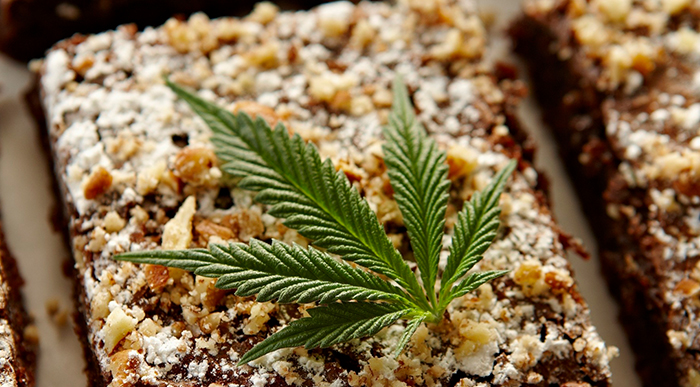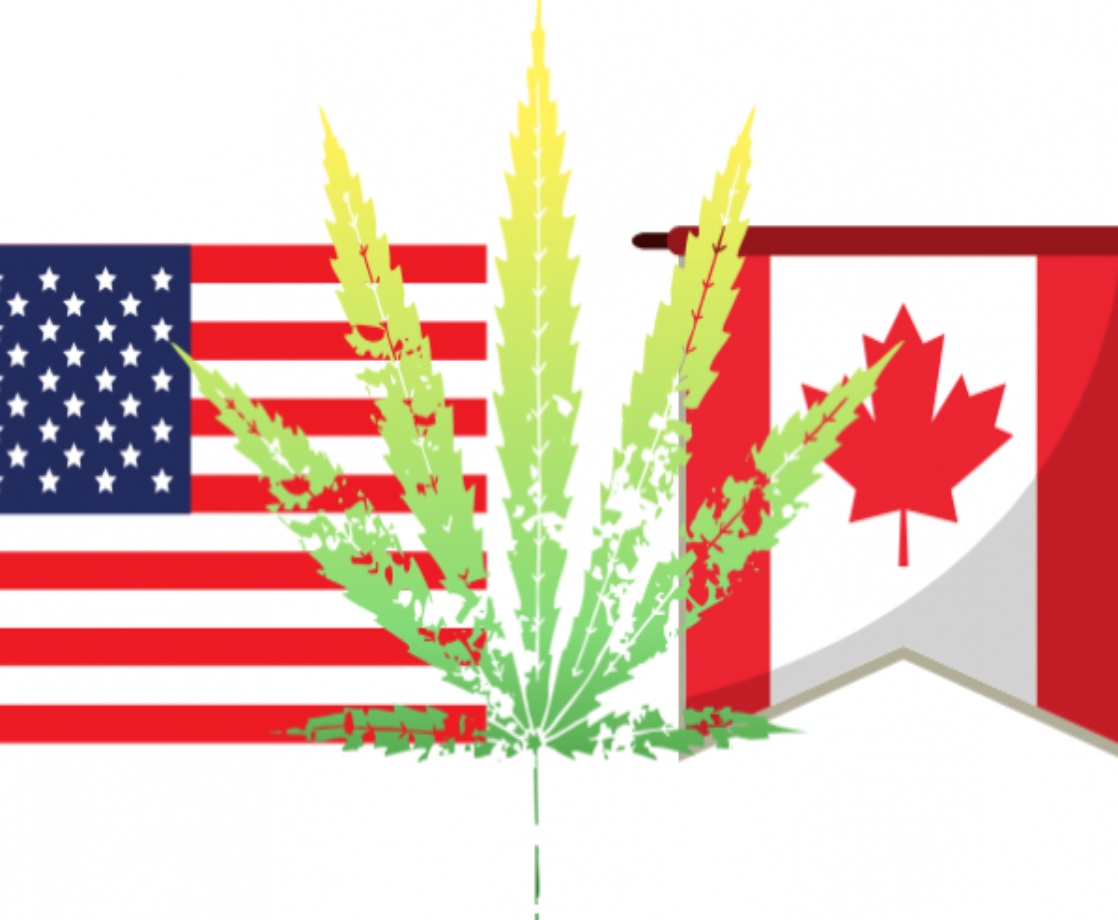Ten years ago, “edible” just meant something wasn’t unspoiled. The cannabis industry has changed that.
Today, cannabis-infused edibles are an established, satisfying alternative to smoking or vaping marijuana. More socially acceptable, edibles have emerged as a winning “go-to” option for those seeking relief without all the smoke and attention.
Indeed, an infused chocolate-covered coffee bean can be a convenient way to get through the last session of a two-day conference.
Who eats edibles?
They’re all around us. The edible consumer is often simply the cannabis customer looking for a more socially acceptable way to enjoy the benefits without the stigma of its illegal and black-market origins. Others opt for the edibles because they don’t smoke and don’t want to start.
The edibles experience differs from the smoking experience from ingestion to high. It takes longer to digest the THC with edibles, so the desired effect is gradual and mellow. That’s an attraction in its own, and for some customers there are others.
-
The convenience and reliable quality of prepackaged goods should open new markets.
-
The potential for developing a culinary market for oils and butters is another market.
-
And, the true medical application will likely expand.
A significant portion of the edibles market includes those who suffer from medical issues and side effects that marijuana soothes or relieves. Conditions such as:
-
Chronic pain: The psychoactive effects of cannabis mask or reduce the awareness of pain.
-
HIV/AIDS: Patients report relief from depression, pain, and appetite suppression.
-
Rheumatoid and Osteoarthritis: Cannabis relieves pain associated with these autoimmune conditions as well as Crohn's Disease, fibromyalgia, and lupus.
-
Spasms: Multiple sclerosis, epilepsy, Parkinson’s, and other spasmodic conditions seem to calm with cannabis ingestion.
-
Amyotrophic lateral sclerosis: patients suffering from Lou Gehrig’s Disease, severe dementia, and cancer eventually suffer difficulty consuming regular foods, but some edibles, tinctures, lotions, and liquids will ease their digestion.
Even die-hard traditionalists (smokers) have even been known to dabble in the edible. As Joe Hodas, CMO of Dixie Elixirs and Edibles of Denver wrote, “They cross over; they really do. What’s the profile of a margarita-drinker versus a wine-drinker? You have a preferred first choice, but there are other things you might consume as well.”
Headset’s Jesse Henson and Spot’s Tim Moxey feel the 10–15 milligram mini-dosage in most edibles marketed in Oregon and Washington offers a mild high “about overall wellness and mood enhancement.” They see a great potential for increased sales in these wrapped and convenient items even where California edibles could provide a significantly stronger rush.
What does the edibles market look like?
A recent Cannabis Investor Study, reports interesting fluctuations in the cannabis economy for 2015, noting a 17.9 percent increase in sales of infused products (edibles) and extracts. In Colorado alone, consumers spent $4.8 million on edible marijuana products in 2014, en route to being named a “top foodie trend” in 2015.
Reporting for the Bend Bulletin, Joseph Ditzer writes, “In Colorado, the proliferation of edible forms of marijuana took state regulators and business people by surprise when marijuana became legal in 2014. Sales of edible products rose 85 percent, from 2.8 million units in 2014, to 5.3 million units the following year, according to an April report by the Colorado Department of Revenue.”
Oregon only permitted sales of edibles in June of 2106. But, Mazen Malik, Senior Economist at the Oregon Legislative Revenue Office, predicts, “With dispensaries expanding to include cannabis-infused edibles, manufactures are responding by ramping up production to meet the new demand. Economists expect the edible market to continue to grow throughout the state…partly because the products weren’t previously available.”
Florida’s outlook appears sunny, too. Using the current experience of 20 other states, the Florida Legislature’s Office of Economic and Demographic Research (EDR) believes an estimated 1,586 to 440,552 Floridians will be using medical marijuana in 2017. I know, it’s a crazy-wide gap. The lower range of the estimate is more likely if the medical marijuana program is rolled out slowly (as in New Jersey), or if it suffers registrant problems early on as eager retirees in Florida create a flood of new cannabis users.
California is the most promising market for the cannabis economy because of its large overall population and dense population in culturally predisposed areas like Los Angeles, San Diego, and the Bay Area. California Marijuana Market quotes figures from a 2012 survey on the Prevalence of Medical Marijuana Use in California.
-
5 percent of Californians have used cannabis to treat a serious medical condition.
-
2 percent of adults over 65 use medical marijuana compared to 9 percent of adults 18 to 24.
-
There is no gender difference in use.
-
7 percent of white people use medical weed while 3 percent of Latinos use, and other ethnic or racial minorities use at a percentage somewhere in between.
California does not currently regulate the acceptable dosage in cannabis edibles. And, as Prop 64 and Prop 215 coexist, that dosage “advantage” may attract edible manufacturers to the market. Speaking with industry thought leaders, however, most anticipate California will tighten product regulations for edibles, whereby origin of the strain, testing, and end-to-end transport are all carefully recorded.
“It’s important for edibles to contain precise information on the contents, potency, genetic strain information, and more,” explains Amy Berliner, CMO of MediK8mobile. “We believe that using bar codes that contain this data and mobile software to track this information is important to the edibles industry. Giving the story on how the edible was made could be valuable to the customer, showing that it came from sustainable sources.”
Conversations I’ve had with edibles aficionados indicate better quality control might be a good thing for an edibles market aiming for new consumers. Colorado discovered tourists are more inclined to purchase edibles over raw cannabis, as edibles are more relatable to non-smokers, less conspicuous, and easier to transport. This is great news for California, a state that registered 263.4 million tourist person-trips in 2015, and eager retirees in Florida, a flood of new cannabis users are expected to enter the market.
Why invest now?
Perhaps in the confidence of current trends. The Marijuana Policy Group reported to the Colorado Department of Revenue, “There is a slow but steady shift away from the traditional method of consuming marijuana—smoking it—to new delivery methods.”
All things being equal, perhaps it’s time to invest in cannabis edibles. But all things are not necessarily equal in this unconventional industry. The report, prepared by ARC and New Frontier, remarks on the tightening of bank lending: “Private investment has played a critical role in helping the industry develop by connecting industry experts and entrepreneurs with the funds needed to launch capital intensive enterprises.”
For risk-takers, those new delivery methods might make for an investment worth consideration.











